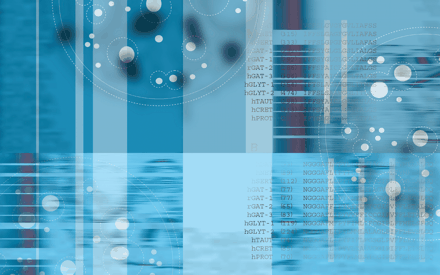Sodium-Dependent Neurotransmitter TRANSPORTERS: OLIGOMERIZATION as a Determinant of Transporter Function and Trafficking
Abstract
Constitutive oligomer formation appears to be the rule for the neurotransmitter:sodium symporter (NSS) family of proteins. The propensity to form oligomers is a prerequisite for NSS proteins to pass the rigid mechanisms of quality control in the endoplasmic reticulum. Moreover, recent findings suggest that correct trafficking to the plasma membrane appears to rely on the interaction of NSS homo-oligomers with components of the COPII-vesicle machinery. The transporters present at the plasma membrane are most likely organized in a tetrameric arrangement, as a dimer of dimers. In this review, we will address ongoing efforts to unravel the underlying mechanisms of oligomer formation at the molecular and cellular levels, and we will discuss oligomerization in terms of transporter function.

- © American Society for Pharmacology and Experimental Theraputics 2004



